Date: 28 November 2007
The result is an architectural glass with a metallic gray-green exterior tint and a neutral gray interior appearance.
In addition to its unique aesthetics, Solarban 80 Optiblue glass offers superior energy performance. In a standard one-inch insulating glass unit, Solarban 80 Optiblue glass produces a solar heat gain coefficient (SHGC) of 0.23 and visible light transmittance (VLT) of 34 percent. This results in a light-to-solar gain (LSG) ratio of 1.48, which far exceeds the U.S. Department of Energy's 1.25 LSG threshold for spectrally selective glass.
When compared to commonly specified dual-pane tinted glass, these performance characteristics create significant energy savings for building owners and architects. In a prototypical glass-walled, eight-story office building in Houston, studies showed that substituting Solarban 80 clear glass in a one-inch insulating glass unit for standard dualpane tinted glass can produce energy savings of more than $106,000 per year (based on 2006 energy prices). Energy savings are greater with Solarban 80 Optiblue glass, because its light blue-green tint makes it slightly more effective at blocking heat.
Similarly, because buildings glazed with Solarban 80 clear glass require less cooling capacity than those with dual-pane tinted glass, owners and architects can reduce their initial investment in HVAC equipment by nearly $400,000. Specifying Solarban 80 Optiblue glass instead of Solarban 80 clear glass even further reduces HVAC requirements and increases savings.
Using Solarban 80 Optiblue glass yields dramatic environmental benefits as well.
Studies showed that using Solarban 80 clear glass instead of dual-pane tinted glass in the same Houston office building could reduce carbon emissions from the structure by 530 tons per year. Over a 40-year building life span, carbon-emission reductions could total 21,320 tons - equivalent to removing about 4,200 passenger cars from the road each year. Carbon-emission reductions from this building also would trend higher with Solarban 80 Optiblue glass, again because of its slightly enhanced performance characteristics.
These energy and equipment savings - and their associated reductions in carbon emissions - make Solarban 80 Optiblue glass ideal for supporting LEED principles. Like all glasses in the Solarban glass family, MSVD sputter-coated Solarban 80 Optiblue glass is available through members of the PPG Certified Fabricator Program (PPG/CFP) network. The glass can be annealed, heat-strengthened or tempered.

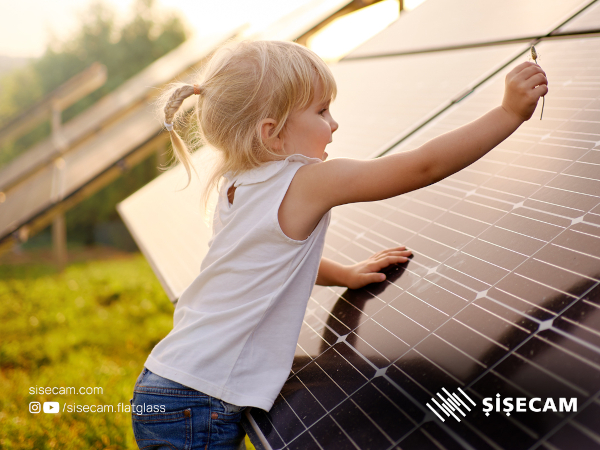
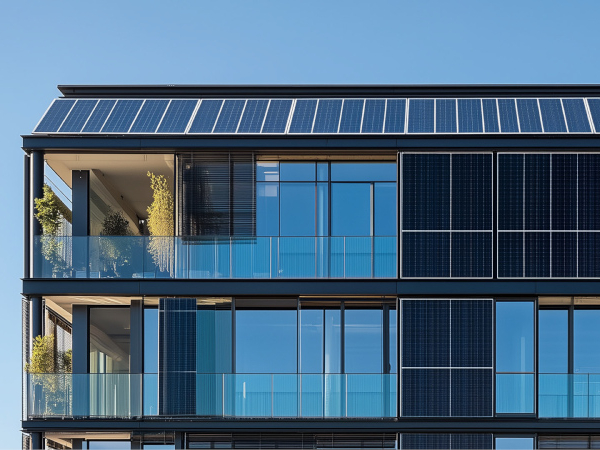
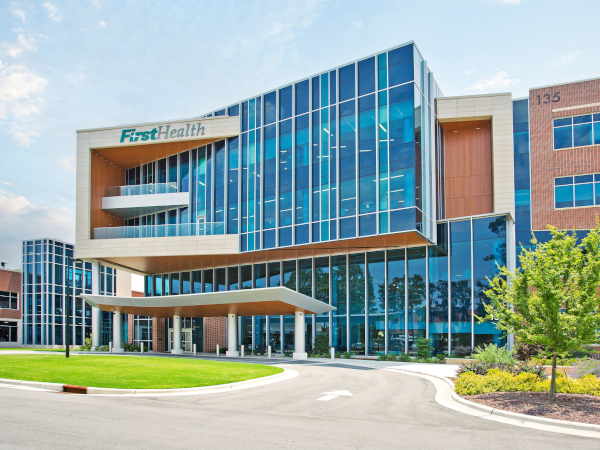
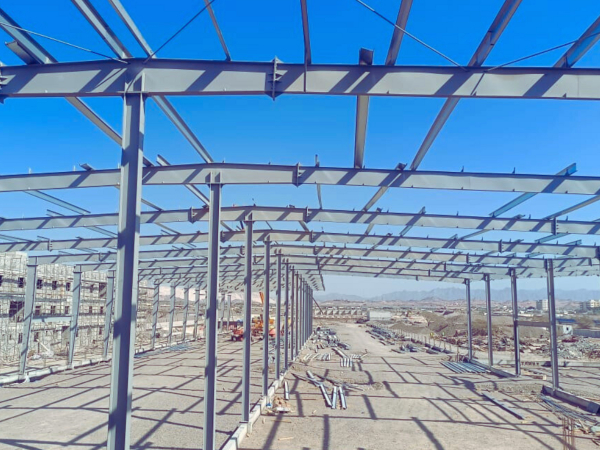

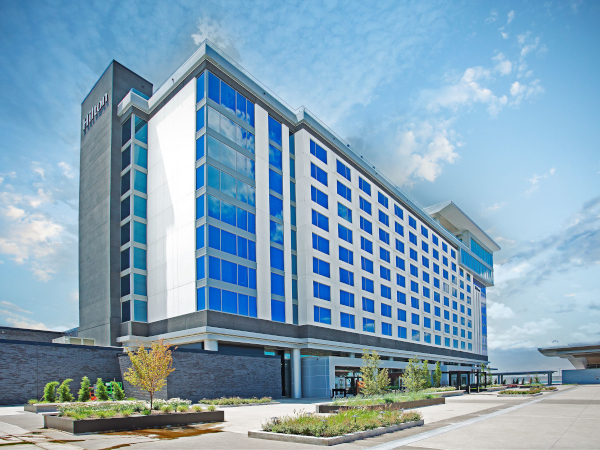




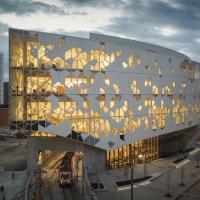
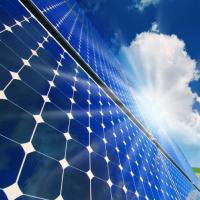

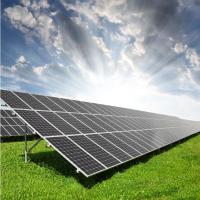
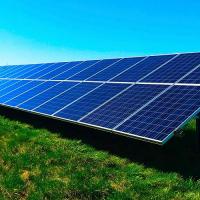
Add new comment